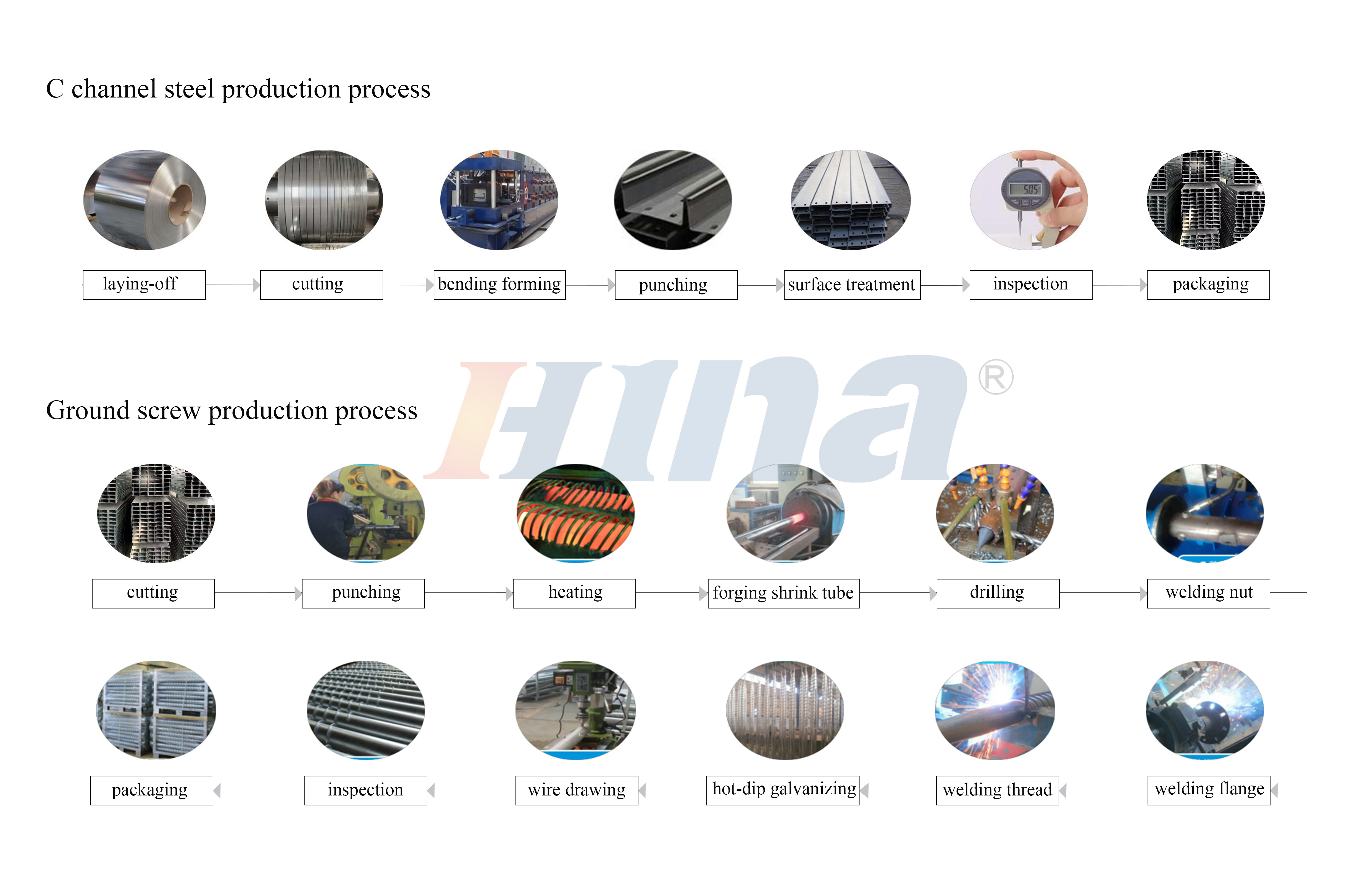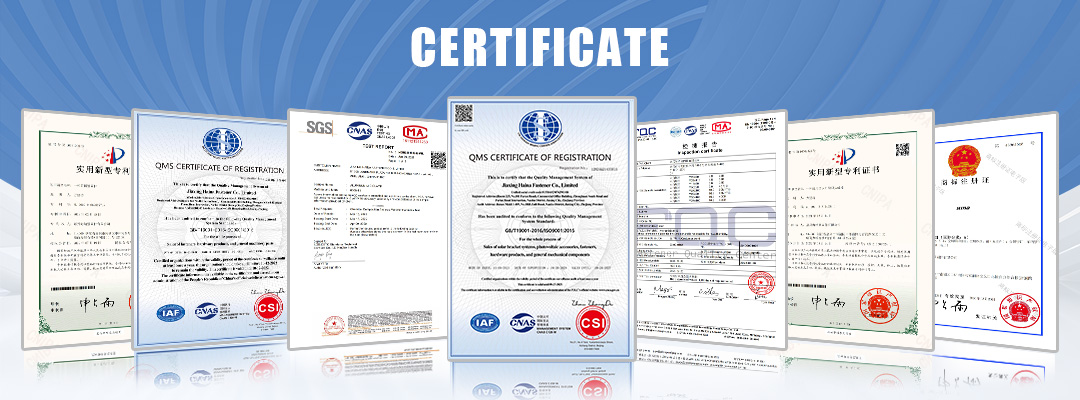- All
- Product Name
- Product Keyword
- Product Model
- Product Summary
- Product Description
- Multi Field Search
| Availability: | |
|---|---|
| Quantity: | |






customized
HINA
HINA2024122501
C Channel Steel is a type of steel with a cross-section resembling the letter "C." It is widely used in construction, bridges, mechanical equipment, and other structural applications. Due to its shape, C channel steel offers high strength and good bending resistance. Here are the main features and applications of C channel steel:
Material
C channel steel is generally made of carbon steel or low-alloy steel, though some special-purpose C channel steels may be made from stainless steel or other materials. Common materials include Q235, Q345, and other mild carbon steels, which offer good strength and ductility.

High Strength: The unique "C" shape provides C channel steel with excellent bending resistance and load-bearing capacity.
Light Weight: Compared to solid steel of the same strength, C channel steel is lighter in weight, making it easier to transport and install.
Easy to Connect and Install: Due to its standardized shape and dimensions, C channel steel can be easily connected using bolts, welding, or other methods, simplifying installation.
Corrosion Resistance: C channel steel can be treated with anti-corrosion coatings such as hot-dip galvanization to improve its resistance to rust and corrosion.
C channel steel is widely used in the following fields:
Building Structures: Used for steel frame structures, support beams, roofs, and other parts of buildings.
Machinery Manufacturing: Used as brackets, frames, and other structural components in machinery.
Transportation: Applied in bridges, railways, highways, and other transportation infrastructure.
Light Steel Structures: Commonly used in the construction of steel-framed houses, light industrial plants, and warehouses.
Professional Manufacturer : All of our Fastener are designed and manufactured according to buyers'specification and performance.
Quality is guaranteed : Durability testing and critical technical design to enhance fasteners lifetime.
Cost effective : Wide range of parts selection , Competitive prices with professional factory supply.
Customized ideal Fasteners : customized services according to the samples and drawing offered.
Certification
Through scientific management, Jiaxing Haina fastener Ltd company has been obtained ISO9000 certificate of Quality Managerment System, SGS and BV international certificate system of Make in China.

What is the difference between U channel and C channel steel?
The main difference between U channel steel and C channel steel is the shape. U channel steel has upright sides and a smooth bottom, making it more stable and suitable for situations that are subject to greater pressure. C-channel steel has a C-shaped cross section, with one side upright and the other side curved. It is softer and easier to bend and cut, making it suitable for light-loaded structures. In use, C-channel steel may have better bending resistance in some cases, while U-channel steel is more convenient in specific installation scenarios. The uses of the two are also slightly different.
What are the advantages of C-channel steel?
C channel steel has many advantages. It is strong and light, and is easy to process and install. Its reasonable cross-sectional shape can effectively disperse stress and enhance structural stability and bearing capacity. Moreover, C-channel steel also has good bending and seismic resistance, and is suitable for all kinds of buildings and mechanical structures. Because of its light weight, easy transportation and installation, and low cost, it is widely used in modern industry.
What are the differences in the load-bearing capacity of C-shaped steel of different specifications?
The load-bearing capacity of C-channel steel of different specifications is obviously different. The larger specifications usually have large cross-sectional dimensions and thick thickness, high bending strength and stronger load-bearing capacity. The smaller specifications are relatively weak. The material will also have an impact. C-channel steel made of high-strength material may have a higher load-bearing capacity under the same specifications.
C Channel Steel is a type of steel with a cross-section resembling the letter "C." It is widely used in construction, bridges, mechanical equipment, and other structural applications. Due to its shape, C channel steel offers high strength and good bending resistance. Here are the main features and applications of C channel steel:
Material
C channel steel is generally made of carbon steel or low-alloy steel, though some special-purpose C channel steels may be made from stainless steel or other materials. Common materials include Q235, Q345, and other mild carbon steels, which offer good strength and ductility.

High Strength: The unique "C" shape provides C channel steel with excellent bending resistance and load-bearing capacity.
Light Weight: Compared to solid steel of the same strength, C channel steel is lighter in weight, making it easier to transport and install.
Easy to Connect and Install: Due to its standardized shape and dimensions, C channel steel can be easily connected using bolts, welding, or other methods, simplifying installation.
Corrosion Resistance: C channel steel can be treated with anti-corrosion coatings such as hot-dip galvanization to improve its resistance to rust and corrosion.
C channel steel is widely used in the following fields:
Building Structures: Used for steel frame structures, support beams, roofs, and other parts of buildings.
Machinery Manufacturing: Used as brackets, frames, and other structural components in machinery.
Transportation: Applied in bridges, railways, highways, and other transportation infrastructure.
Light Steel Structures: Commonly used in the construction of steel-framed houses, light industrial plants, and warehouses.
Professional Manufacturer : All of our Fastener are designed and manufactured according to buyers'specification and performance.
Quality is guaranteed : Durability testing and critical technical design to enhance fasteners lifetime.
Cost effective : Wide range of parts selection , Competitive prices with professional factory supply.
Customized ideal Fasteners : customized services according to the samples and drawing offered.
Certification
Through scientific management, Jiaxing Haina fastener Ltd company has been obtained ISO9000 certificate of Quality Managerment System, SGS and BV international certificate system of Make in China.

What is the difference between U channel and C channel steel?
The main difference between U channel steel and C channel steel is the shape. U channel steel has upright sides and a smooth bottom, making it more stable and suitable for situations that are subject to greater pressure. C-channel steel has a C-shaped cross section, with one side upright and the other side curved. It is softer and easier to bend and cut, making it suitable for light-loaded structures. In use, C-channel steel may have better bending resistance in some cases, while U-channel steel is more convenient in specific installation scenarios. The uses of the two are also slightly different.
What are the advantages of C-channel steel?
C channel steel has many advantages. It is strong and light, and is easy to process and install. Its reasonable cross-sectional shape can effectively disperse stress and enhance structural stability and bearing capacity. Moreover, C-channel steel also has good bending and seismic resistance, and is suitable for all kinds of buildings and mechanical structures. Because of its light weight, easy transportation and installation, and low cost, it is widely used in modern industry.
What are the differences in the load-bearing capacity of C-shaped steel of different specifications?
The load-bearing capacity of C-channel steel of different specifications is obviously different. The larger specifications usually have large cross-sectional dimensions and thick thickness, high bending strength and stronger load-bearing capacity. The smaller specifications are relatively weak. The material will also have an impact. C-channel steel made of high-strength material may have a higher load-bearing capacity under the same specifications.